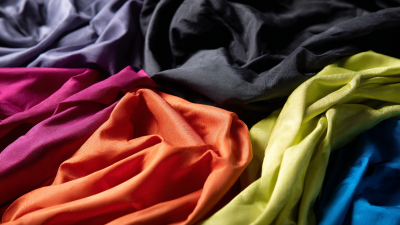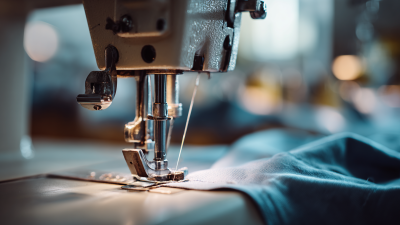- +86 13957580925
- 510515850@qq.com
- adela0928@163.com
When it comes to garment making and textile projects, one of the most crucial factors to consider is the choice of fabric.
Sewing Polyester Fabric stands out as a popular option due to its remarkable
durability and versatility. Whether you're crafting everyday wear or specialized items, understanding the characteristics of this fabric
can significantly impact your project's success. In this blog, we will delve into essential tips for selecting the right
Sewing Polyester Fabric that not only meets your
aesthetic desires but also enhances performance and lasts through time. From understanding the various types of polyester weaves
to evaluating their suitability for different applications, our guide will equip you with the knowledge needed to make informed
decisions.
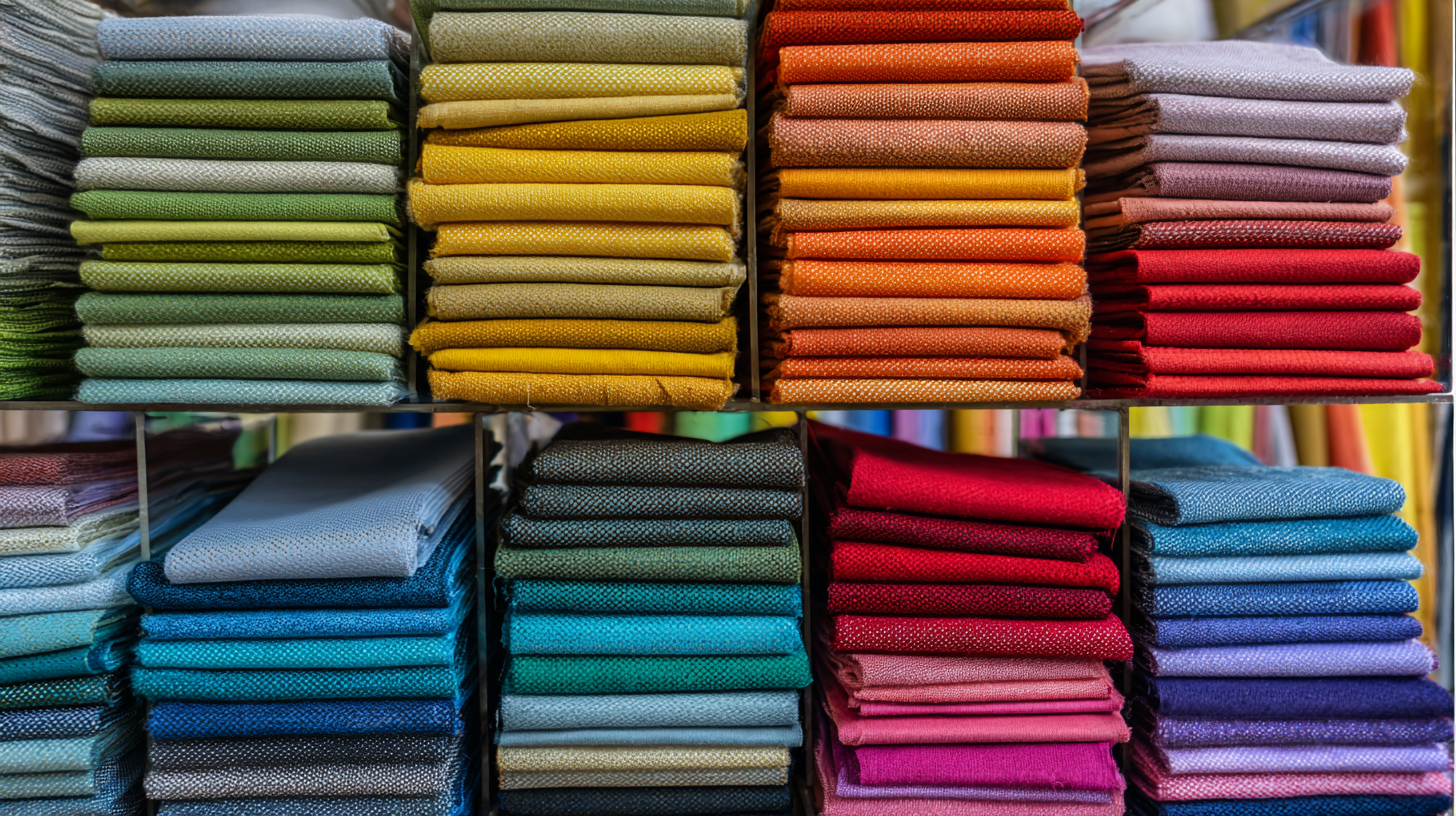 Join us as we explore how to best utilize Sewing Polyester Fabric to achieve stunning results in your sewing endeavors.
Join us as we explore how to best utilize Sewing Polyester Fabric to achieve stunning results in your sewing endeavors.
When selecting sewing polyester fabric, several key factors play a crucial role in ensuring both durability and performance. First, consider the weight of the fabric. Heavier polyester fabrics tend to be more durable, making them suitable for items that endure regular wear, such as outerwear and upholstery. On the other hand, lighter weights are ideal for delicate projects like summer garments and linings. The weight will also affect how the fabric drapes and hangs, influencing the overall aesthetic of the final product.
Another important aspect is the fabric's finish. Polyester can come with various finishes, such as brushed, waterproof, or UV-resistant. A brushed finish provides a soft texture that is pleasant against the skin, while waterproof options are essential for outdoor apparel. Additionally, if your projects require sun exposure, look for UV-resistant polyester to prevent fading over time. Lastly, pay attention to the colorfastness of the fabric; ensuring that the colors remain vibrant and do not bleed during washing is vital for maintaining the longevity of your creations.
When selecting the right sewing polyester fabric, it's essential to understand the unique characteristics and specific applications of the various types available. There are primarily three categories of polyester fabrics: woven, knitted, and non-woven. Woven polyester, known for its durability and resistance to wrinkles, is perfect for projects requiring a structured finish, such as jackets and trousers. According to the Textile World report from 2022, woven polyester fabrics have demonstrated a 15% increase in market demand due to their versatility and longevity.
Knitted polyester, on the other hand, offers stretch and breathability, making it ideal for activewear and casual apparel. The 2021 Global Activewear Market report noted that polyester-knitted fabrics account for over 35% of material used in the activewear sector, highlighting their performance in moisture-wicking and comfort. Lastly, non-woven polyester, which is commonly used in disposable products and insulation, has gained traction in the automotive and medical industries, primarily due to its cost-effectiveness and recyclability. Understanding these distinct types of polyester fabrics can help ensure that your sewing projects are not only aesthetically pleasing but also durable and functional.
When selecting the right polyester fabric for your sewing projects, evaluating durability is crucial. High-quality polyester is known for its strength and resistance to wear, fading, and moisture. According to a report by the American Association of Textile Chemists and Colorists, fabrics with a tensile strength higher than 1000 deniers are considered suitable for heavy-duty applications. Testing the fabric's thickness, texture, and flexibility can help ensure it meets your project's specific needs.
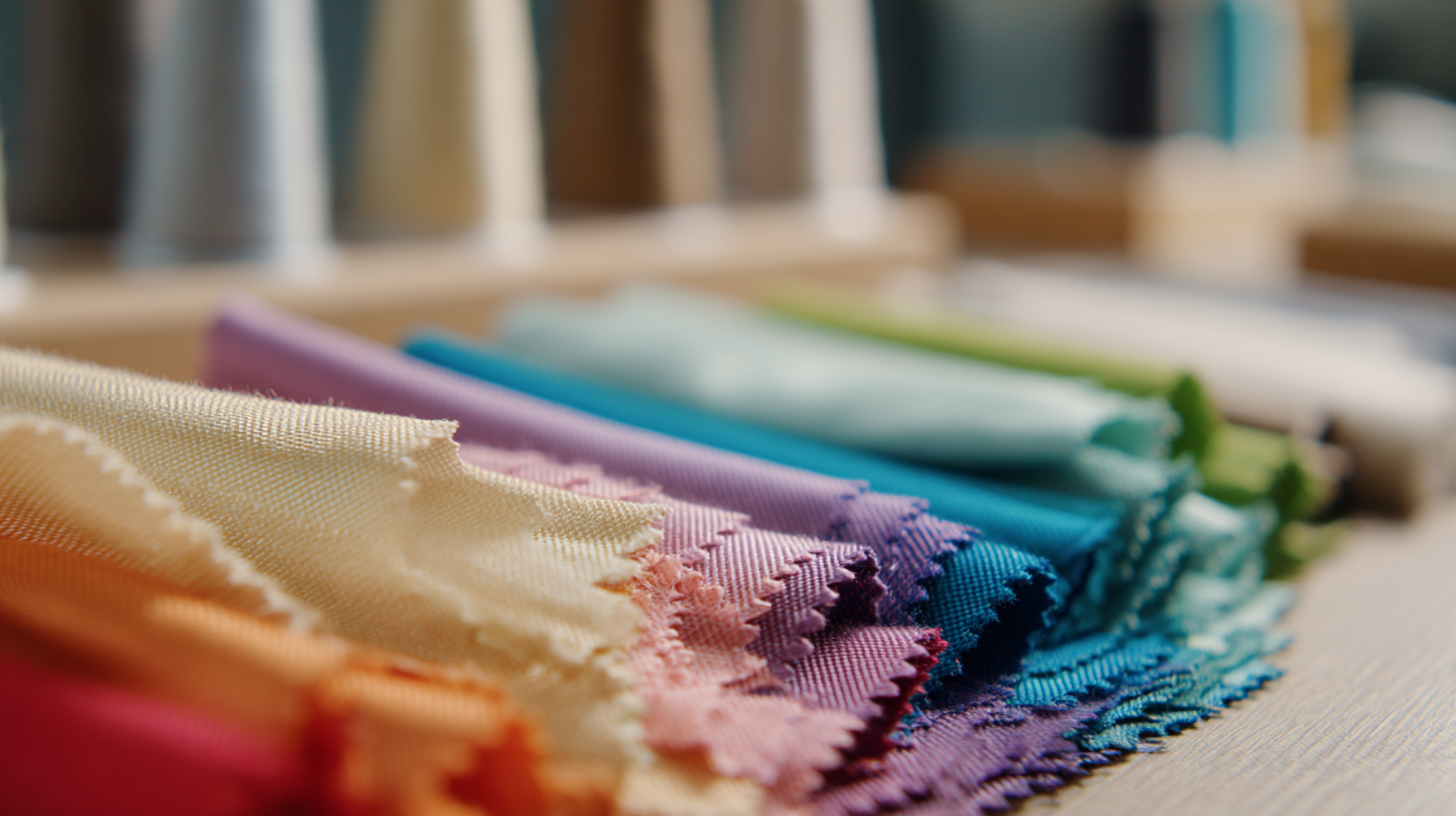
One effective way to assess the durability of polyester fabric is the “Martindale Abrasion Test,” which measures how many rubs a fabric can withstand before showing signs of wear. Fabrics that can endure over 30,000 rubs are typically regarded as excellent for everyday use, while those exceeding 50,000 rubs are ideal for high-stress applications.
Tip: Always check for manufacturer specifications regarding lightfastness and tear strength. A fabric with a lightfastness rating of 4 to 5 (on a scale of 1 to 8) ensures it won’t fade quickly when exposed to sunlight. Look for certifications from reputable organizations, as they can provide insights into the fabric's overall performance.
When it comes to selecting sewing polyester fabric, understanding fabric weight is crucial for ensuring durability and performance. Fabric weight, usually measured in grams per square meter (GSM), significantly influences how a fabric will behave under different conditions. A heavier fabric typically offers enhanced durability and resistance to wear, making it ideal for items that undergo frequent use or exposure to various elements. Conversely, lighter fabrics may be more breathable and better suited for garments requiring flexibility and comfort.
Moreover, recent advancements in textile technology highlight the importance of fabric properties such as UV protection and impact resistance. Fabrics with a high Ultraviolet Protection Factor (UPF) can shield the skin from harmful rays, making them a practical choice for outdoor garments. Meanwhile, innovations in impact-resistant textiles have led to the development of three-dimensional woven fabric composites, which provide enhanced protection without compromising on comfort. By considering fabric weight alongside these emerging trends, sewists can make informed choices to create high-performance garments that meet both aesthetic and functional needs.
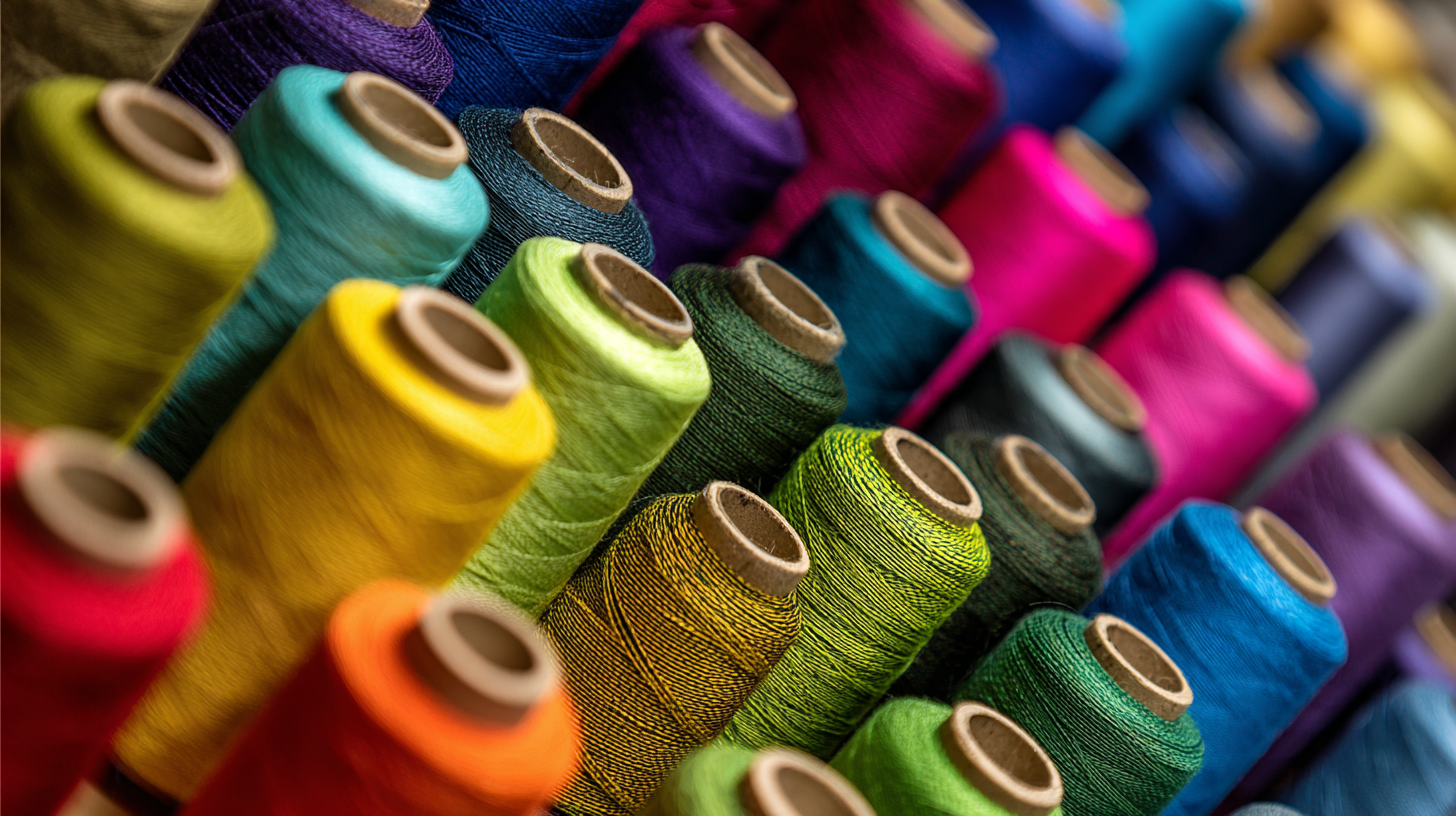
When it comes to maintaining the longevity of polyester fabric, proper care is essential. One of the most common care labels you may come across is "Dry Clean Only." This typically indicates that professional cleaning is recommended to prevent damage. However, there are scenarios where you can break the rules. For instance, if the fabric is not heavily soiled, you might opt for machine washing on a gentle cycle, using cold water to preserve the fibers and colors.
Another effective method for laundering polyester garments at home is hand washing. This allows for more control and reduces agitation, which can cause wear and tear. Simply fill a basin with lukewarm water and a mild detergent, gently agitate the fabric, and rinse thoroughly. Additionally, at-home dry cleaner bags can be a convenient alternative; these allow you to refresh your polyester pieces without the use of harsh chemicals.
When caring for polyester, it's crucial to avoid high heat. Always choose low-temperature settings for drying and ironing. This helps prevent melting or distorting the fabric. Implementing these tips will not only enhance the durability of your polyester but also keep it looking fresh and vibrant for years to come.

